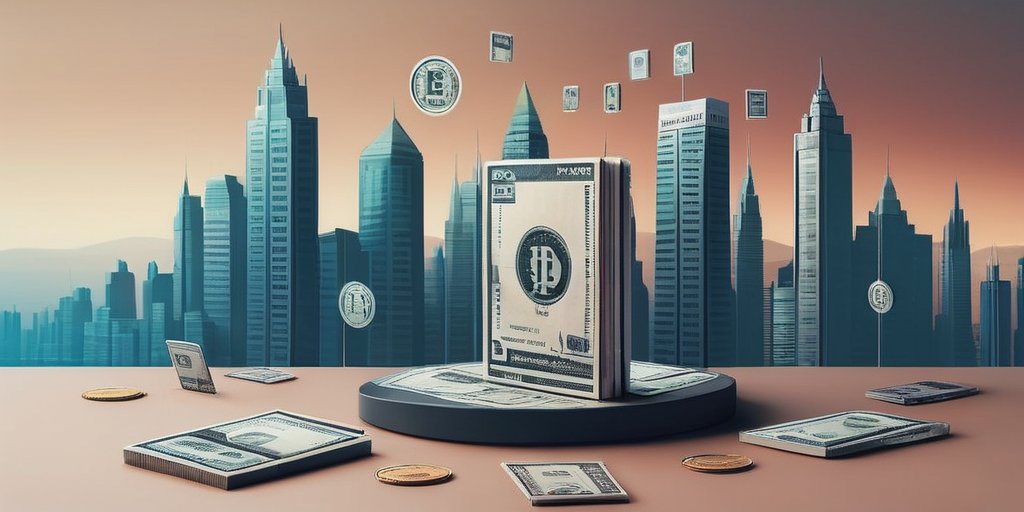On March 25, 2025, President Donald Trump issued an executive order that promises to revolutionize the manner in which federal payments are handled in the United States. This significant action marks a substantial shift towards modernizing payment systems, promoting efficiency, and enhancing security for taxpayers.
**Objective of the Order**
The new order was necessitated by the increasing reliance on paper-based payments, which have led to heightened costs and inefficiencies, particularly revealed during the COVID-19 pandemic. For context, the Department of the Treasury has reported that checks are 16 times more vulnerable to issues like theft or alteration compared to electronic funds transfers (EFT). In FY 2024 alone, maintaining physical payment infrastructures cost taxpayers over $657 million. Hence, Trump’s administration is poised to phase out paper checks by September 30, 2025, mandating federal agencies to shift to electronic payment methods.
**Policy Insights**
This executive order reaffirms the U.S. government’s commitment to protect against financial fraud while boosting efficiency and reducing costs. By executing this directive, the administration aims to streamline processes and make electronic payments accessible to all citizens who are utilized to receiving checks.
**Key Changes**
– **Phased Transition:** By the specified date, all federal payments, including benefits, tax refunds, and vendor payments, will be made electronically unless specific exceptions apply.
– **Support for Agencies:** The order directs the Secretary of the Treasury to aid federal agencies with this transition, enabling access to direct deposits, debit/credit card payments, and various digital payment options.
– **Public Awareness Campaign:** An extensive awareness campaign will be created to help federal payment recipients understand and adopt the new electronic systems.
– **Exceptions to the Rule:** Certain populations lacking access to banking or facing unique hardships may qualify for exceptions to continue receiving paper checks, ensuring that the transition does not leave anyone behind.
**Conclusion**
President Trump’s decisive actions toward eliminating paper-based transactions are set to reshape the financial interaction between the government and its citizens. As the nation moves towards fully embracing digital payment solutions, the anticipated reduction in fraud and costs could mark a transformative step in governmental operations going forward. The implementation of this system will not only modernize how money flows in and out of America’s treasury but is also positioned to enhance national security and economic efficiency.
